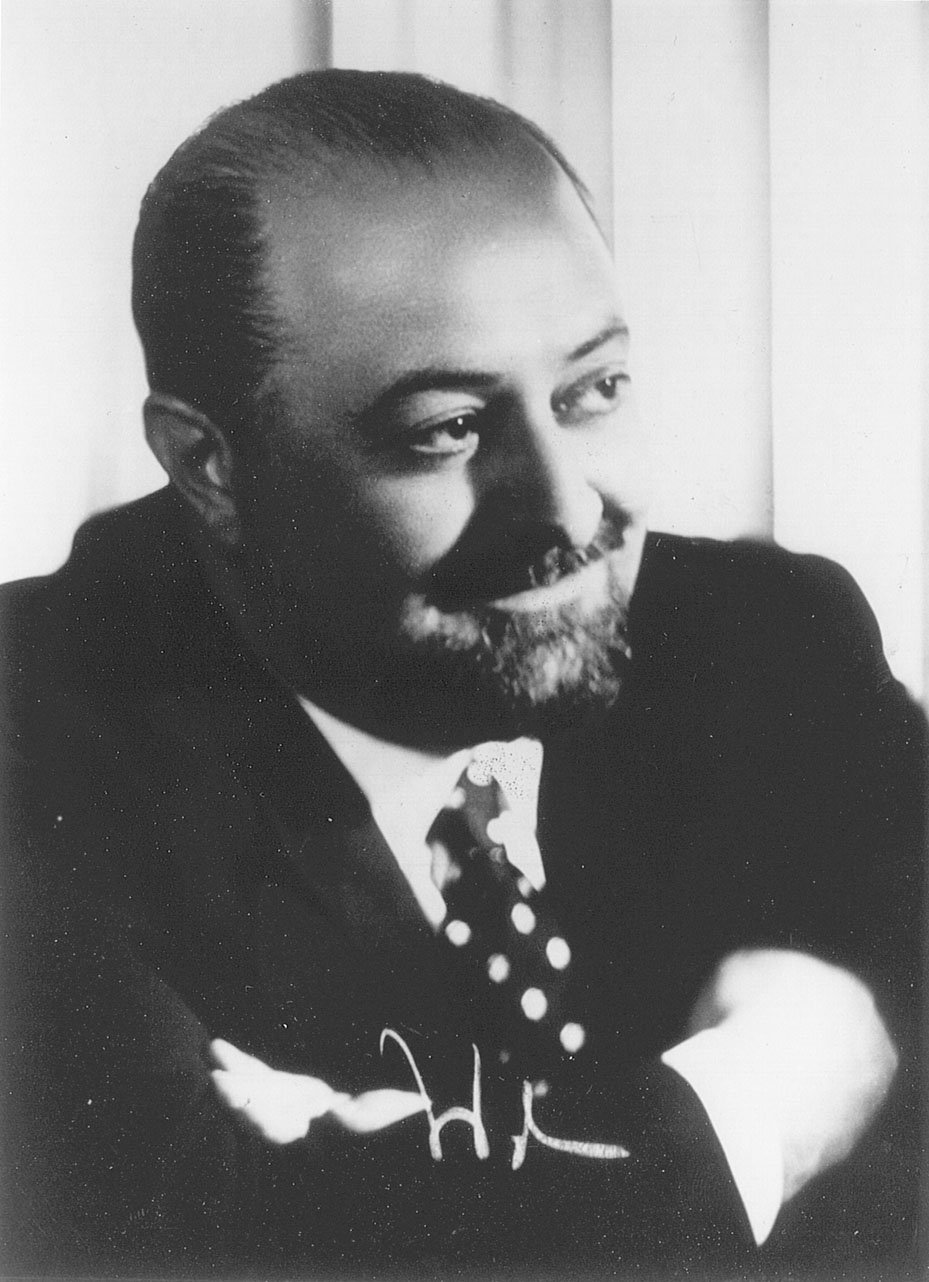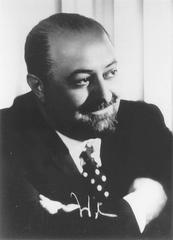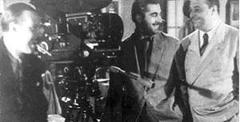
Esquina Homero Manzi: Visiting Hours, Tickets, and Historical Site Guide in Buenos Aires
Date: 14/06/2025
Introduction
At the iconic intersection of Avenida San Juan and Avenida Boedo, Esquina Homero Manzi stands as a living tribute to Argentina’s rich tango heritage and the artistic legacy of its namesake, Homero Manzi. More than a café or tango venue, this historic site is a vibrant cultural beacon that has welcomed generations of musicians, poets, and locals. Through its evocative architecture, nightly performances, and deep community ties, Esquina Homero Manzi offers visitors an authentic immersion into the soul of Buenos Aires. This guide provides a comprehensive look at its history, cultural importance, visiting hours, ticketing information, accessibility, travel tips, and nearby attractions.
For further exploration, see Buenos Aires Turismo, El Portal del Tango, and Civitatis.
Table of Contents
- Introduction
- Historical Overview
- Visiting Esquina Homero Manzi
- Frequently Asked Questions (FAQ)
- Conclusion and Visitor Recommendations
- References
Historical Overview
Origins and Evolution
Established in 1927, the café at San Juan and Boedo quickly became a gathering spot for Buenos Aires’ creative minds. The Boedo neighborhood, itself named after independence leader Mariano Boedo, was a working-class area that nurtured both political activism and artistic ferment (Wikipedia: Boedo). The café gained fame as a meeting point for musicians, writers, and intellectuals, eventually becoming a symbol of the city’s cultural vibrancy.
Homero Manzi: The Poet of Tango
Homero Nicolás Manzione Prestera, known as Homero Manzi, was born in 1907 and moved to Buenos Aires as a teenager. His early forays into songwriting and poetry led to collaborations with composers like Carlos Gardel and Aníbal Troilo (Italiana Buenos Aires). Manzi’s lyrics, especially in works like “Sur,” evoke nostalgia and urban life, capturing the essence of Buenos Aires. His political engagement shaped his career, and after being expelled from his academic post, he devoted himself to the arts, transforming tango lyrics into urban poetry (Wikipedia: Homero Manzi).
Esquina Homero Manzi in Tango History
The corner of San Juan and Boedo is immortalized in the opening verse of “Sur,” one of the most beloved tangos about Buenos Aires. The line “San Juan y Boedo antiguo, y todo el cielo” embodies the spirit of the city, linking the physical location to the shared memories of its people (Buenos Aires Turismo). Over the decades, the café became a haven for tango’s greatest exponents, including Osvaldo Pugliese, Cátulo Castillo, and Aníbal Troilo.
Boedo: Literary and Artistic Cradle
In the early 20th century, Boedo was home to the influential Boedo Literary Group, whose members contributed to both literature and the evolution of tango (Wikipedia: Boedo). The neighborhood’s bohemian character attracted writers, musicians, and political thinkers, whose work was published in avant-garde magazines and discussed in local cafés.
Architectural Legacy and Restoration
The original 1927 building, carefully restored by architect Carlos Liuzzi, maintains its historic façade and porteño charm. The venue’s décor features cedar wood, marble tabletops, and period photographs, while the exterior boasts traditional “fileteado porteño” art (Italiana Buenos Aires). Restoration efforts following its 1999 closure and 2001 reopening have preserved both its historic and cultural value.
Cultural Landmark Status
Recognized as a Notable Café and a National Historic Site, Esquina Homero Manzi is protected by municipal and national decrees (Civitatis). Its status as a heritage site ensures ongoing preservation and a prominent role in Buenos Aires’ cultural programming, including nightly tango shows, community events, and literary gatherings.
Visiting Esquina Homero Manzi
Visiting Hours and Ticket Information
- Hours: Open daily, typically from 7:00 AM to 2:00 AM. Tango shows usually begin around 9:00 PM, with dinner service starting at 8:00 PM. Hours can vary for special events—always confirm on the official website.
- Tickets: Entry to the café is free; tickets are required for tango performances and special events. Show-only tickets average $40–$60 USD; dinner-and-show packages range from $80–$120 USD. Prices in Argentine pesos vary, but advance booking is highly recommended for preferred seating and peak times (Civitatis).
- Reservations: Purchase online via official platforms or at the box office. Dinner packages include classic Argentine cuisine with options for vegetarian and special diets.
Accessibility and Amenities
- Wheelchair Access: The venue is fully accessible, with ramps and adapted restrooms.
- Assistance: Staff are available to help guests with mobility challenges; advance notice is encouraged.
- Amenities: Hotel transfers and parking can be arranged; souvenirs and books celebrating the café’s heritage are available.
Travel Tips and Getting There
- Transport: Easily reached via subway (Line E, Boedo Station) or multiple bus lines. Taxis and ride-shares are also convenient.
- Best Time to Visit: Evenings for tango shows; weekdays are typically less crowded. Arrive at least 30 minutes early for optimal seating and to enjoy the ambiance.
- Dress Code: Smart casual attire is appropriate; avoid shorts and flip-flops for evening shows.
Incorporating Esquina Homero Manzi into Your Visit
- Nearby Attractions: Explore the Boedo Literary Walk, the Museum of Contemporary Art of Buenos Aires (MACBA), local theaters, and bookstores.
- Guided Tours: Combine your visit with city tours focusing on tango and the Boedo neighborhood.
- Dining: Enjoy an “almuerzo tanguero” (tango lunch) or classic porteño dishes as part of your cultural experience.
Frequently Asked Questions (FAQ)
What are the visiting hours of Esquina Homero Manzi?
Open daily from 7:00 AM to 2:00 AM; tango shows typically start at 9:00 PM.
Are tickets required?
Entry is free for the café, but tickets are needed for tango performances and special events.
Is the venue wheelchair accessible?
Yes, there are ramps and accessible restrooms.
Can I book guided tours or tango workshops?
Yes, local operators offer tours and private workshops—check for schedules and availability.
Are there dining options?
Yes, traditional Argentine cuisine is served, including dinner and lunch packages.
How do I get there?
Take the subway (Line E, Boedo Station), bus, taxi, or ride-share.
Can I take photos during the show?
Discreet photos are usually allowed, but flash and video may be restricted.
Conclusion and Visitor Recommendations
Esquina Homero Manzi is a must-visit for anyone interested in Buenos Aires’ tango culture, history, and literary heritage. Its nightly tango shows, preserved architecture, and vibrant community atmosphere make it a living monument to the city’s past and present. Plan ahead by booking tickets, exploring guided tours, and downloading the Audiala app for curated content and audio tours. Enhance your Buenos Aires itinerary by discovering nearby attractions and experiencing the authentic porteño spirit at its source.
Stay updated on events and insider tips by following Esquina Homero Manzi and Buenos Aires cultural channels on social media.
References
- Boedo, 2024, Wikipedia
- Homero Manzi, 2024, Wikipedia
- Esquina Homero Manzi: Visiting Hours, Tickets, and Cultural Significance of Buenos Aires’ Historic Tango Landmark, Italiana Buenos Aires
- Esquina Homero Manzi: Visiting Hours, Tickets, and Exploring Buenos Aires’ Historic Tango Landmark, Civitatis
- El Portal del Tango
- Buenos Aires Turismo
- Esquina Homero Manzi Tango Show: Tickets, Visiting Hours & Cultural Experience in Buenos Aires, Gringo in Buenos Aires
- Buenos Aires Transfers
- Tango Show Buenos Aires
- Reddit: Tango
































































































































































